Diving In Pemba Island, Zanzibar





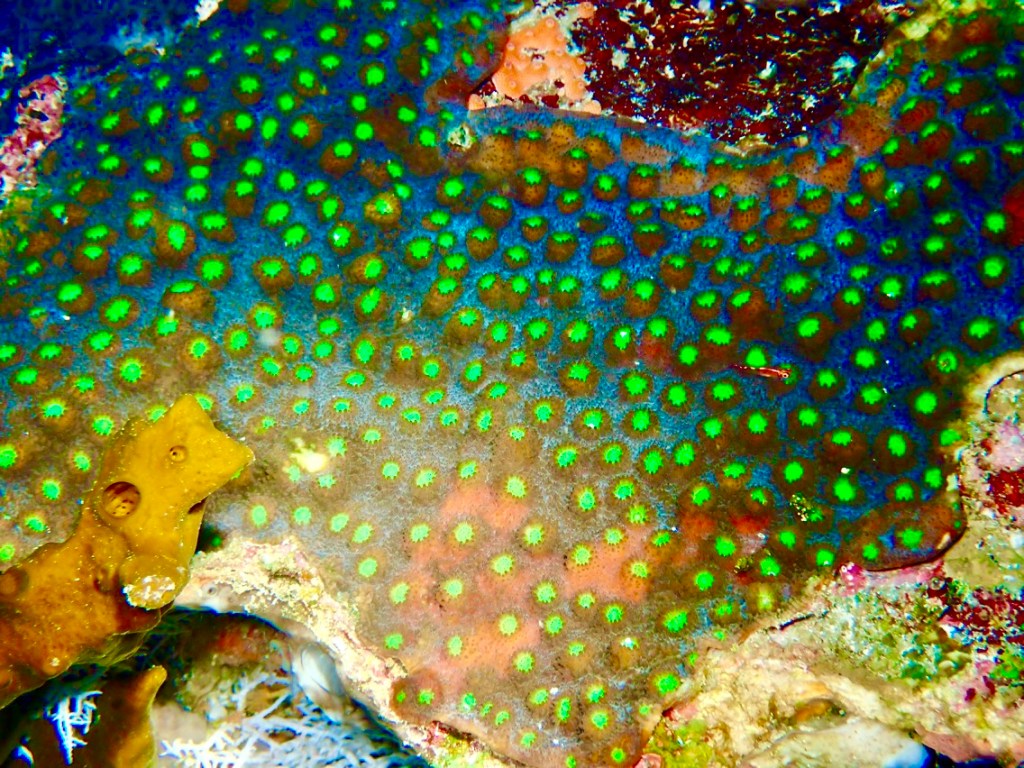






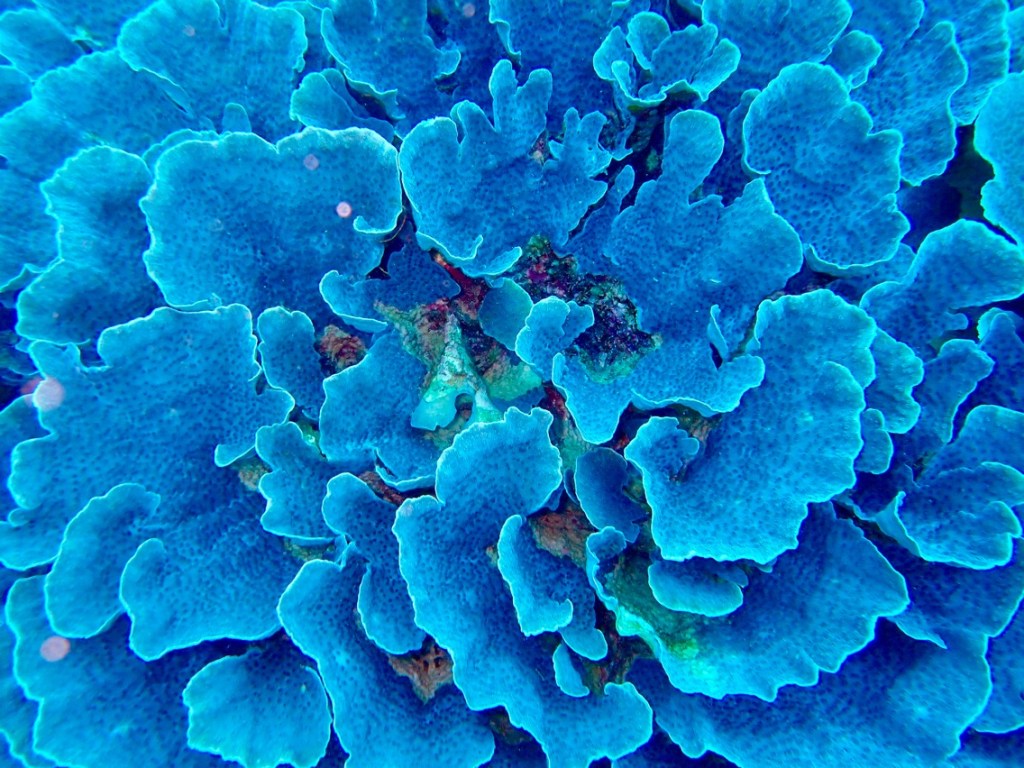

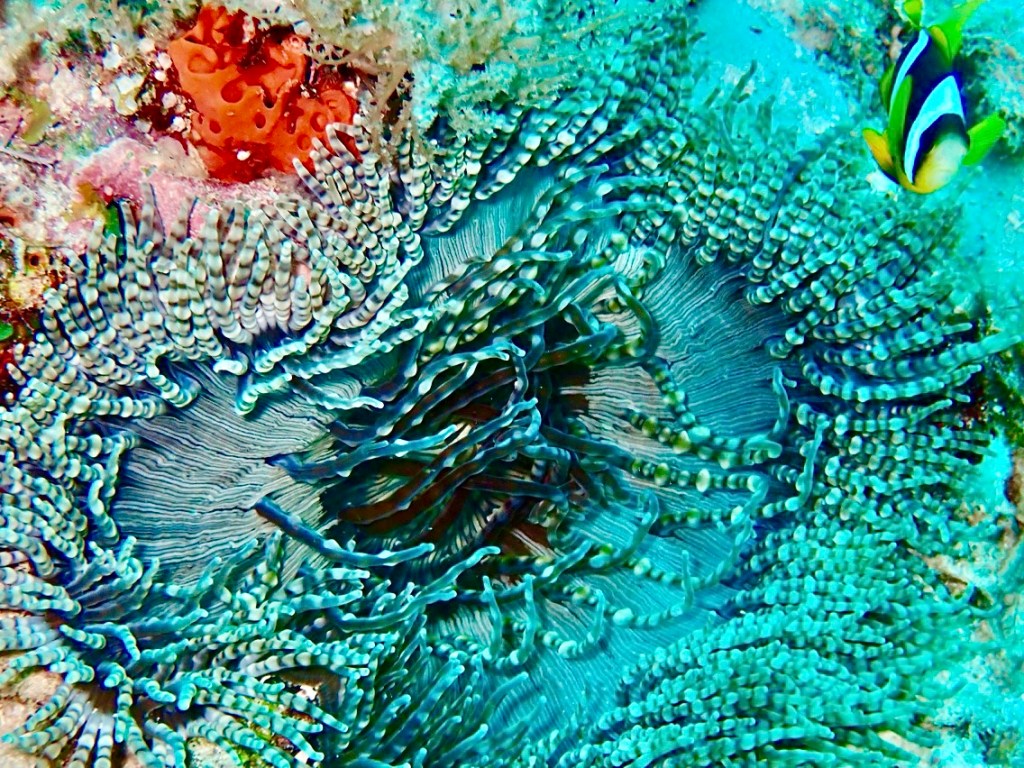





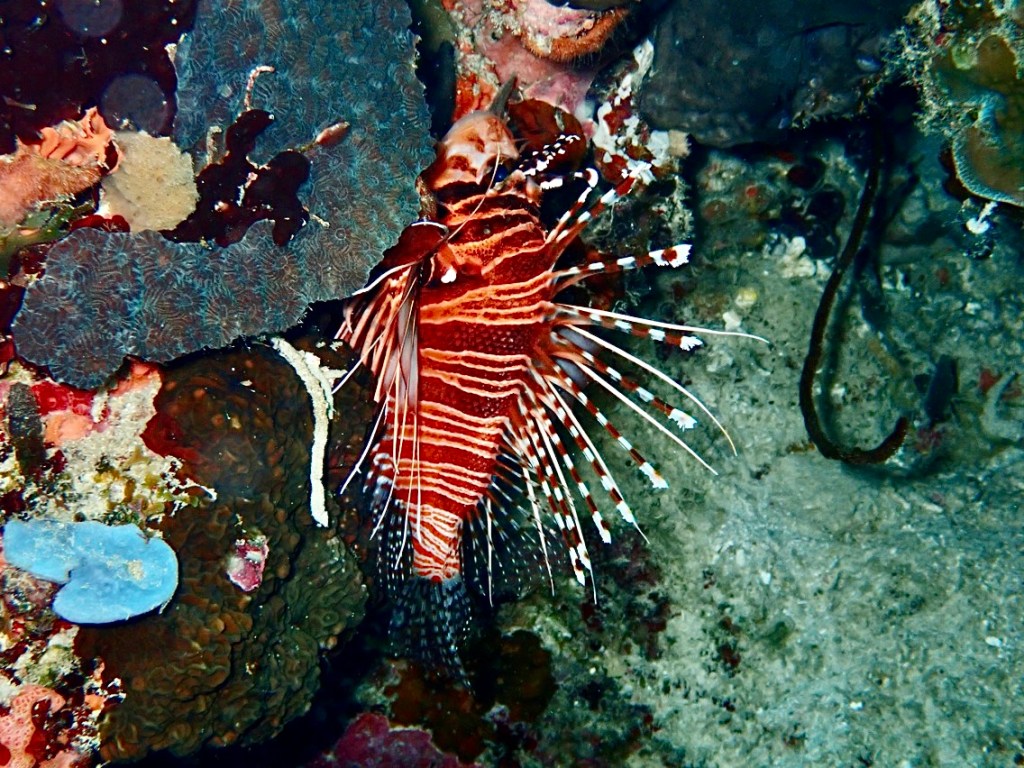


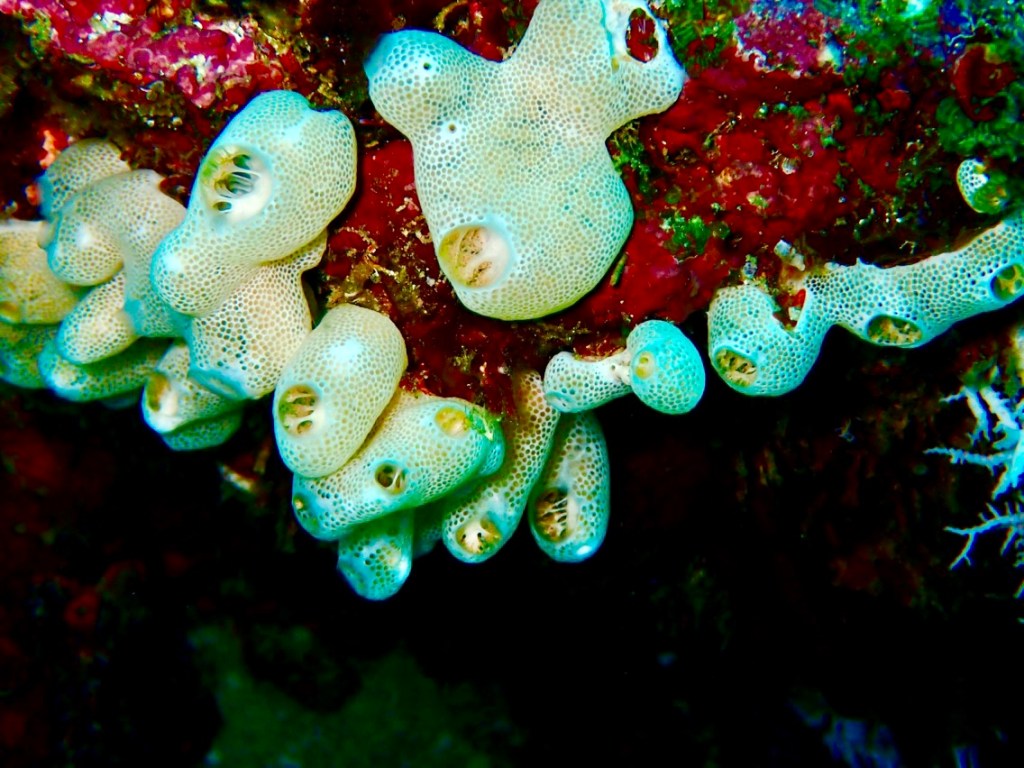




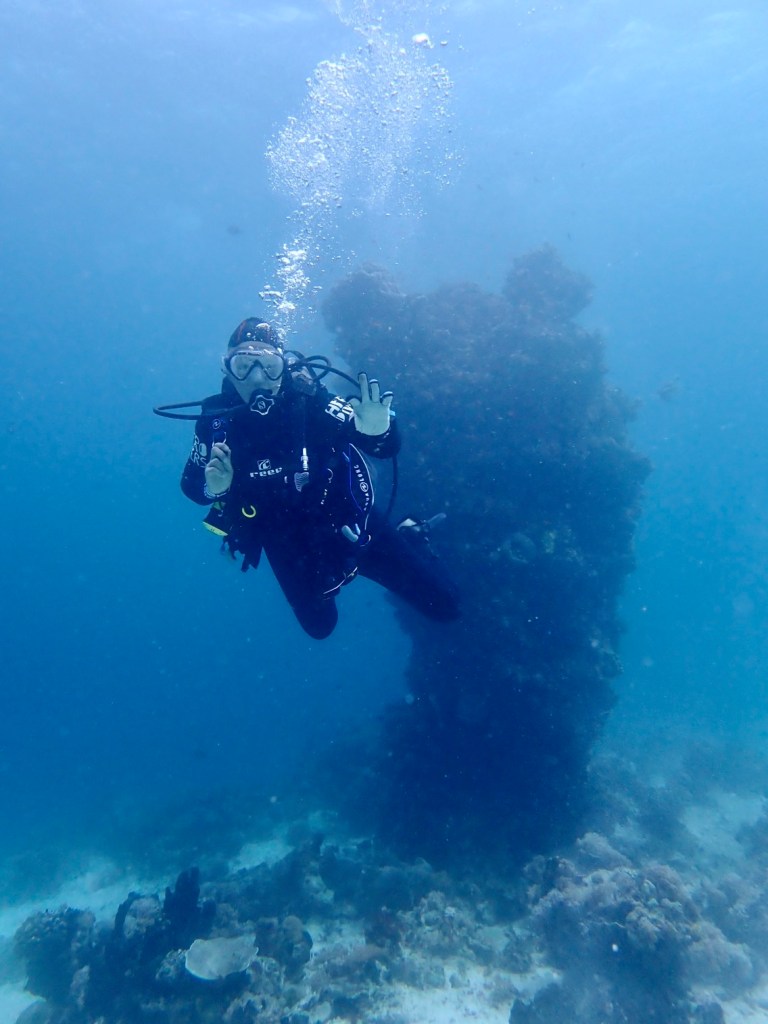


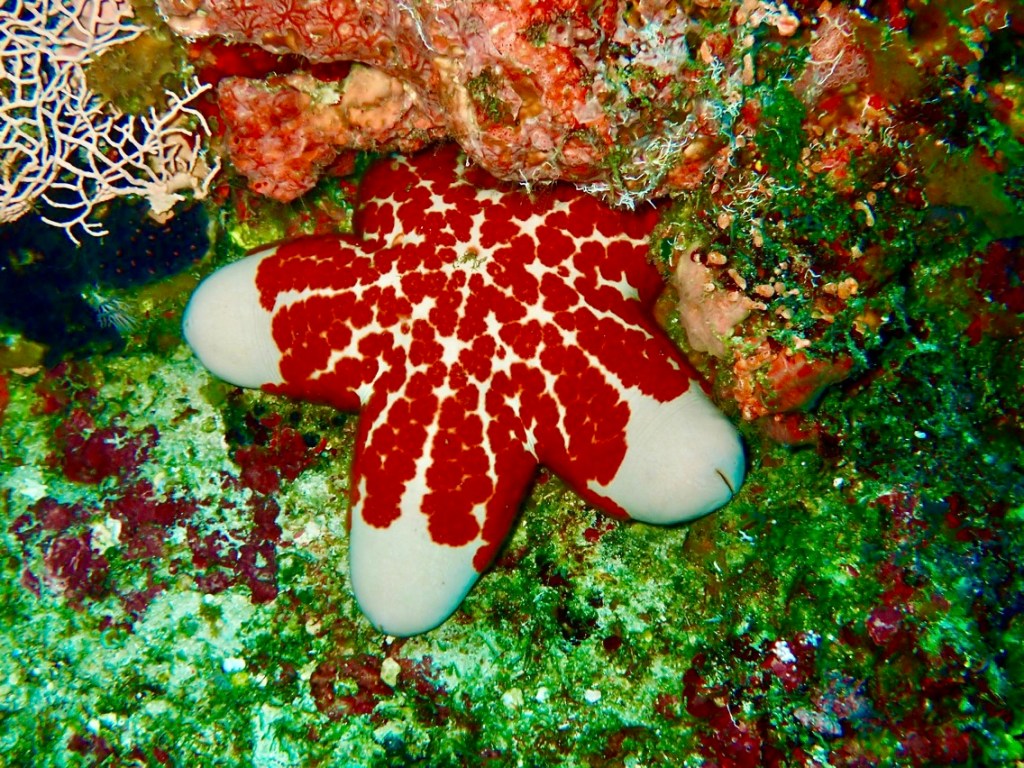






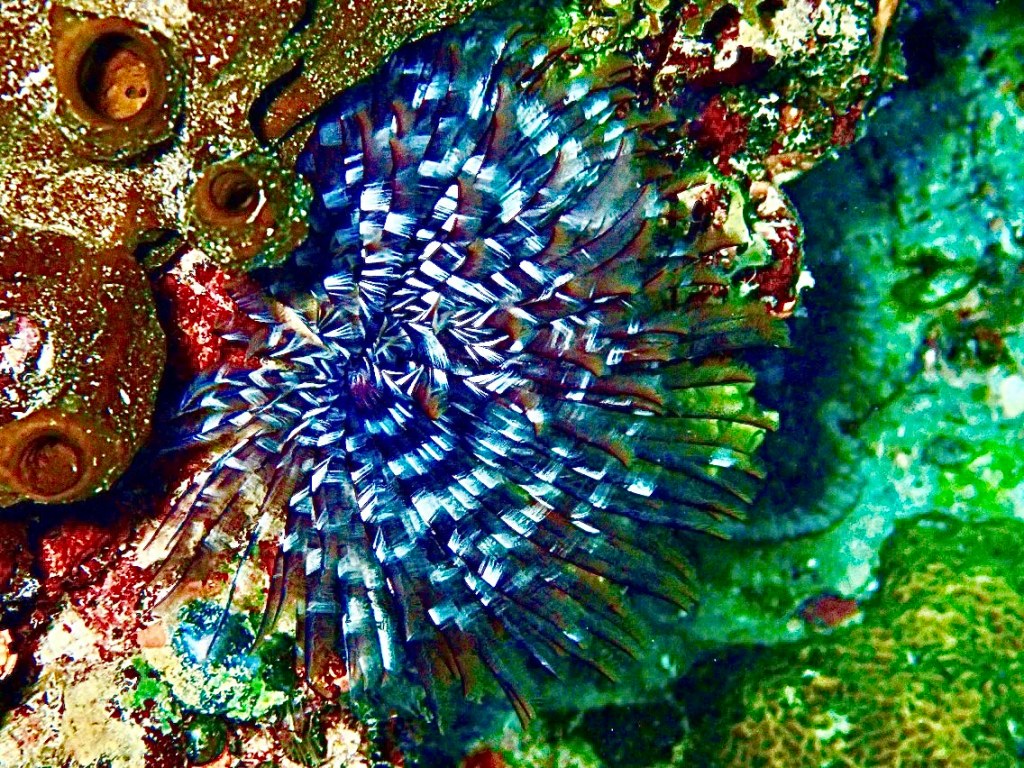



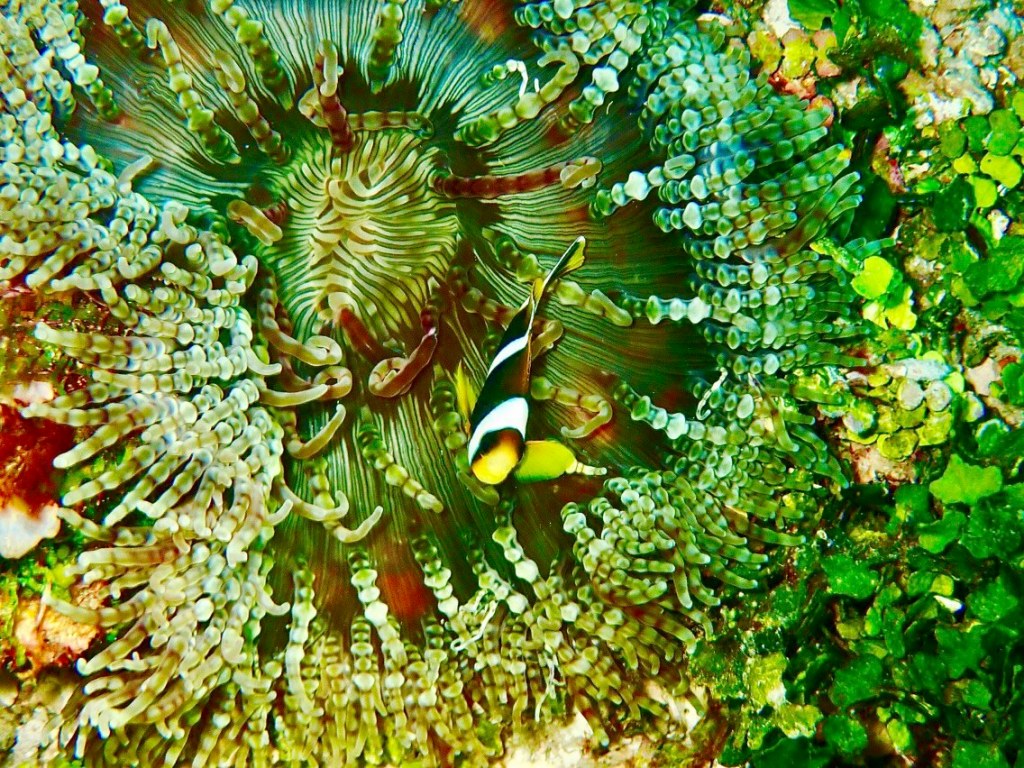

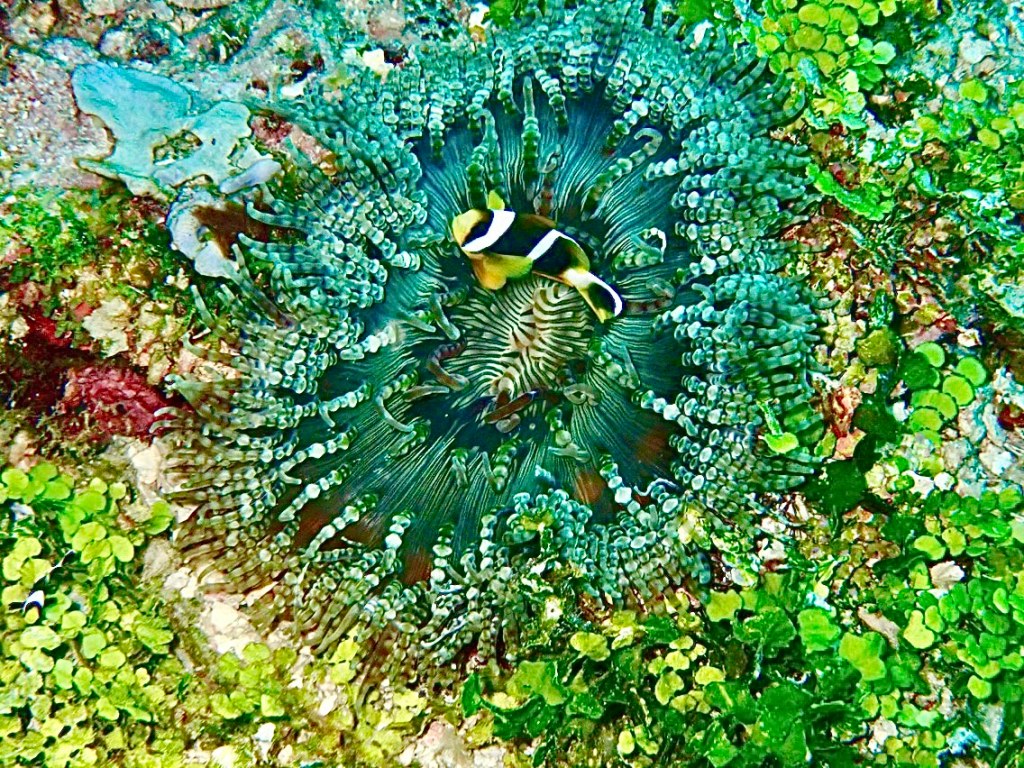


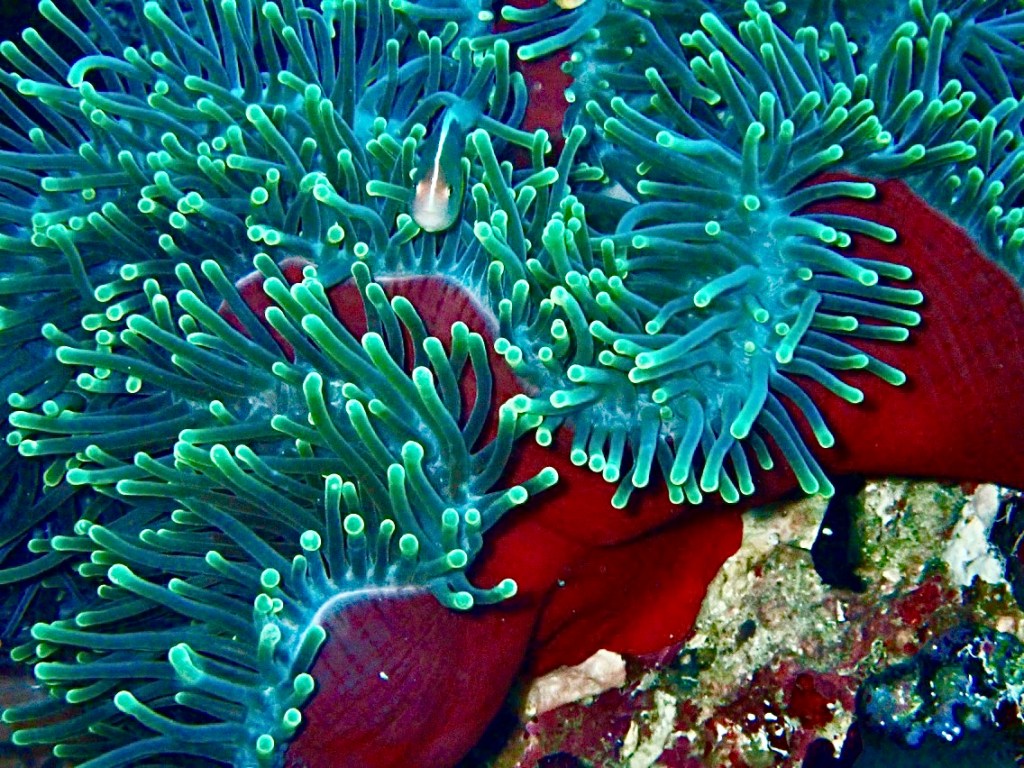

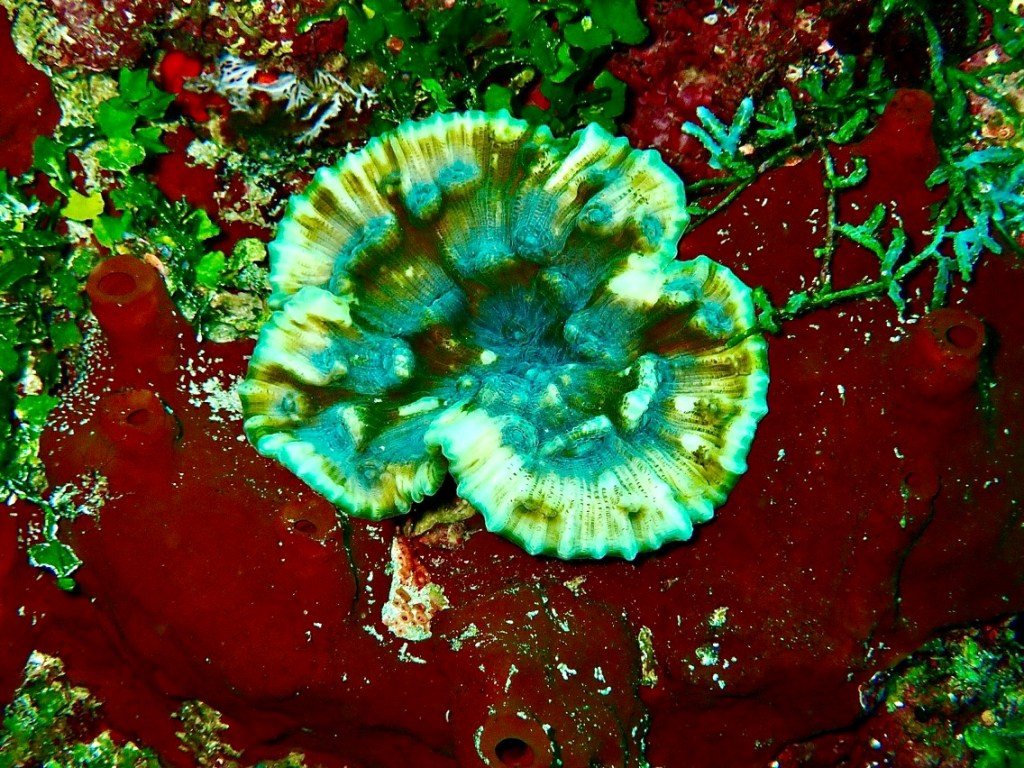



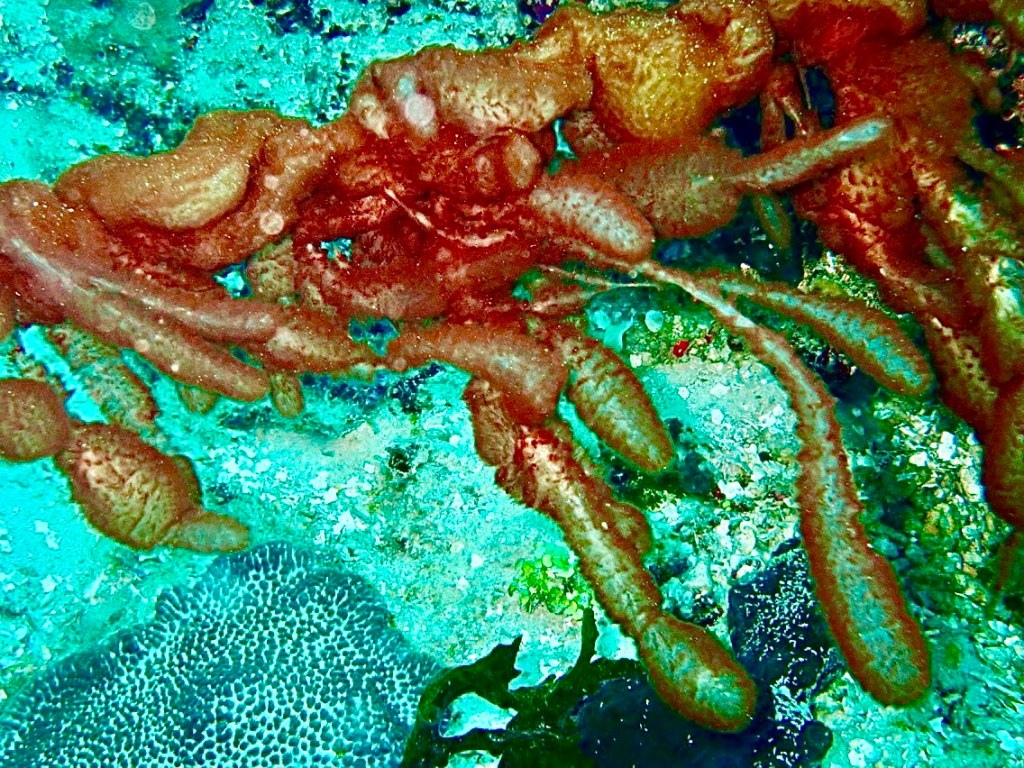




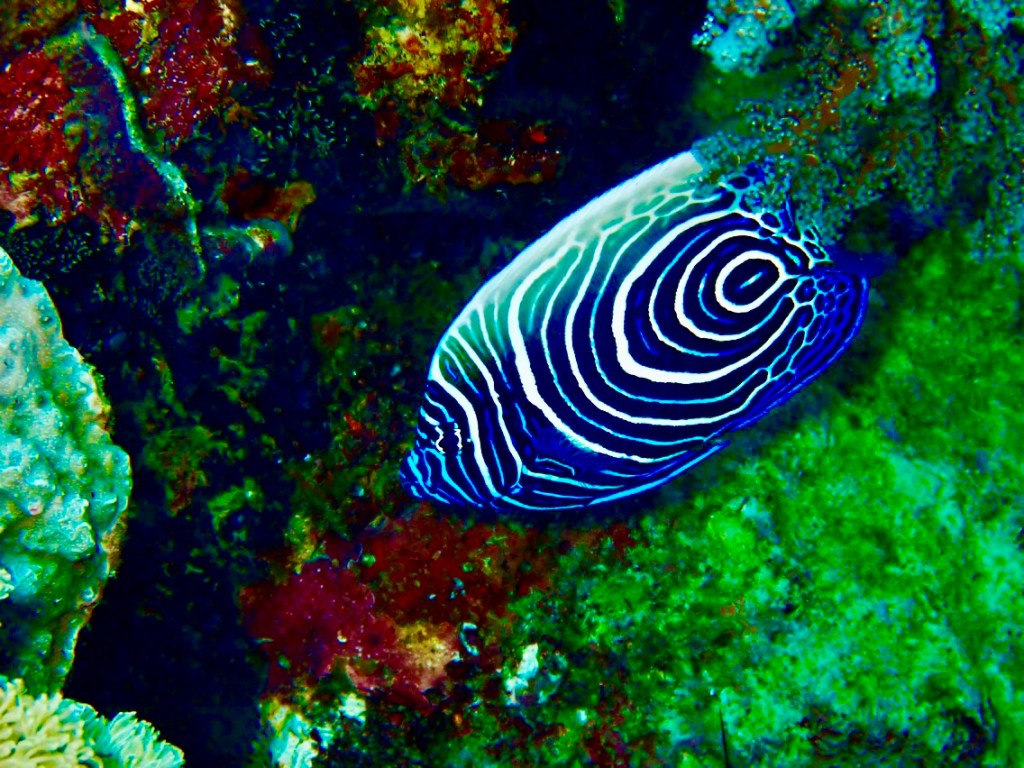


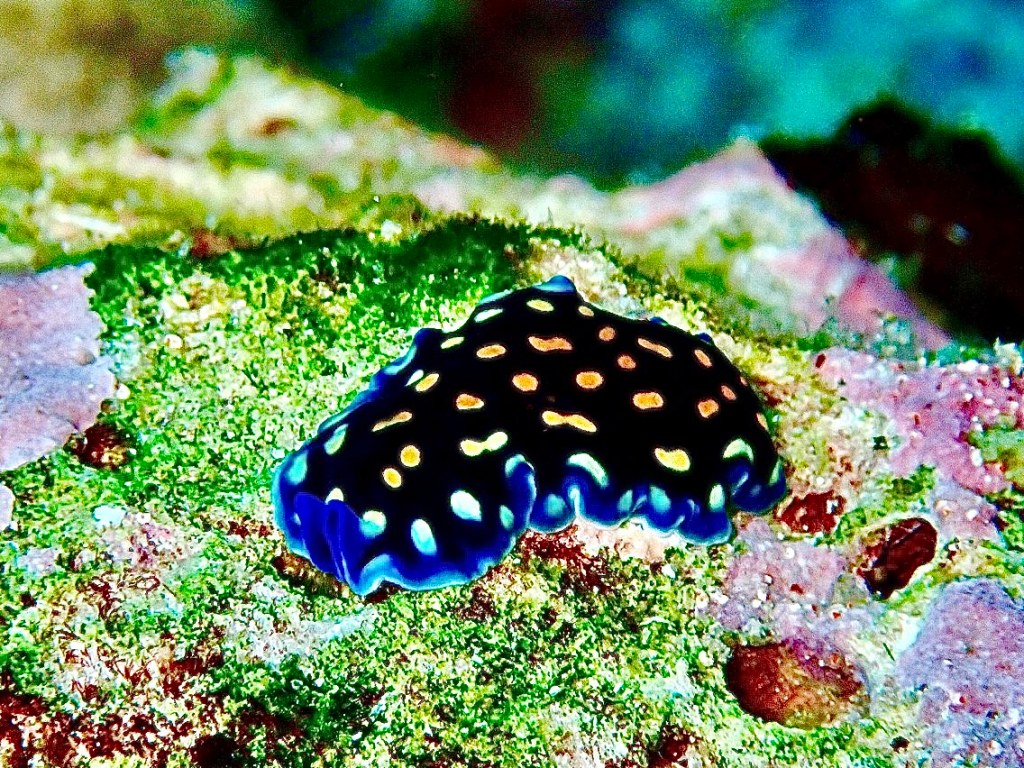


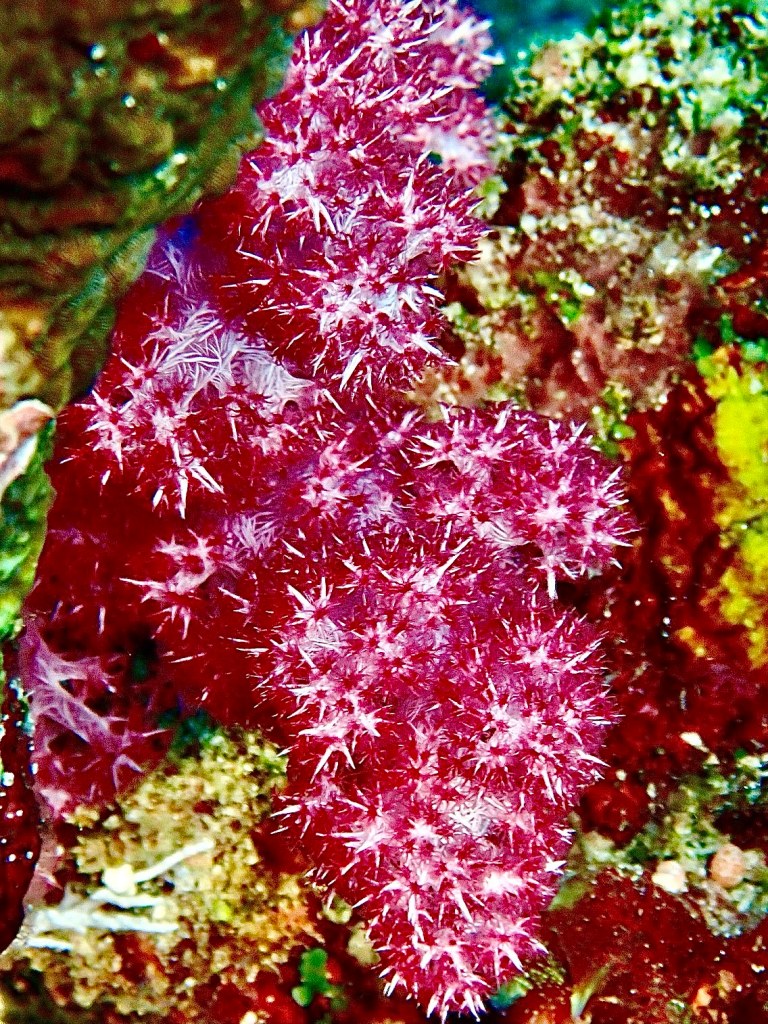


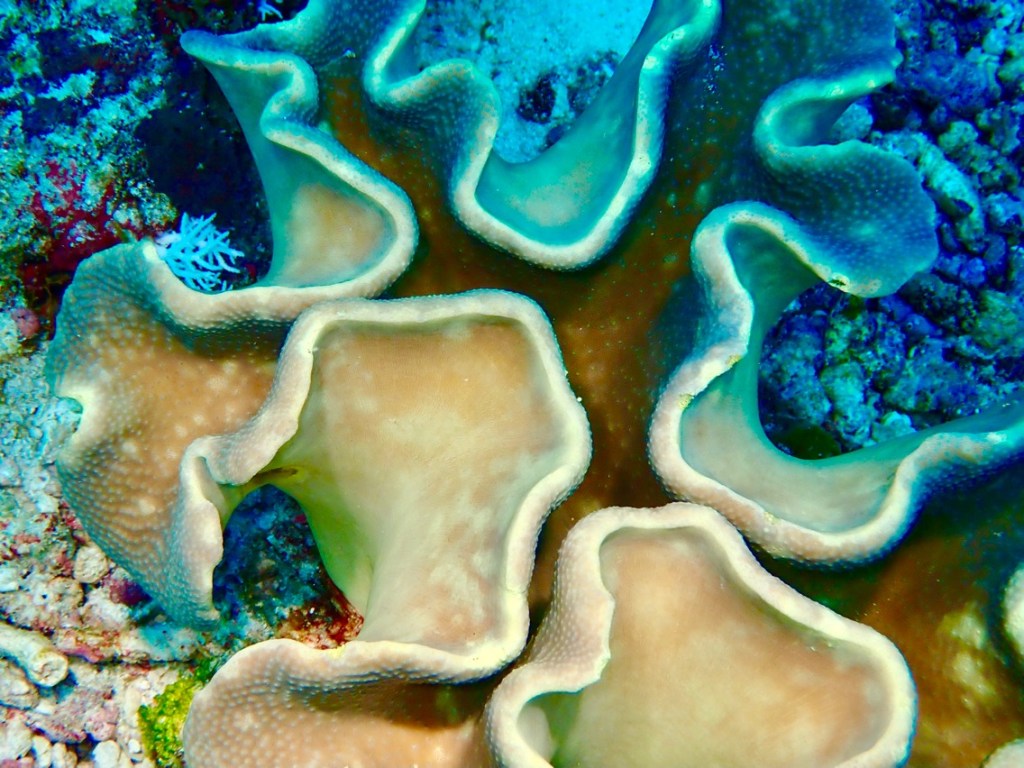
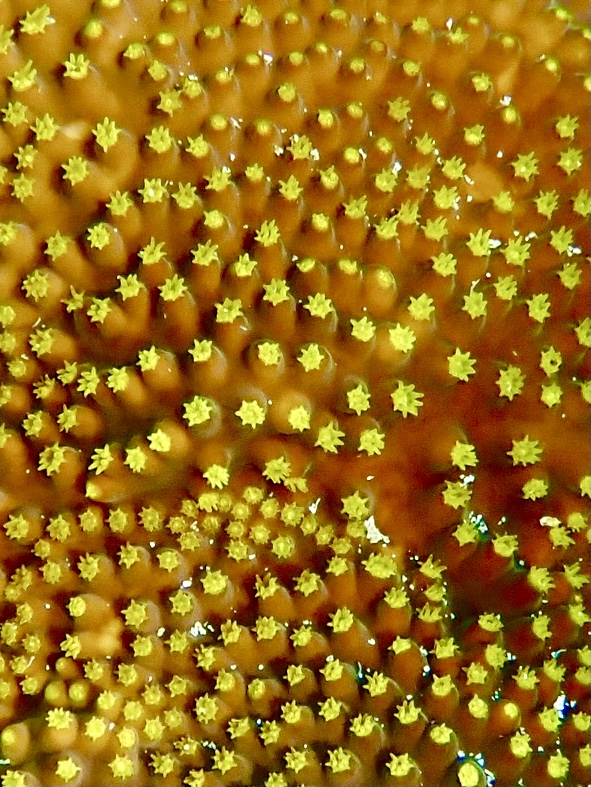
Diving In Pemba Island, Zanzibar
Jacques Cousteau, the great oceanic explorer, once said, “The sea, once it casts its spell, holds one in its net of wonder forever.”
I completely agree with him.
Not one month after returning home from the Maldives, I was missing the sea and craving to be diving again.
Much of Asia is still closed because of Covid restrictions, so I checked my diving bucket list and we decided on Zanzibar.
I did some online research and made a two month itinerary that included all the best places to dive around Zanzibar.
Our first stop was Pemba Island, located about a thirty minute flight north of Zanzibar.
Pemba is not a very developed island.
It is an island with many small villages, accessible only by rough dirt roads.
The villagers live off the bounty of the sea.
They collect seaweed, or hunt for octopus hiding in the tidal pools, go out to fish on boats made from mango trees, or go free diving with a spear.
The destructive practice of dynamite fishing is also done in Zanzibar, and while diving in Pemba I heard dynamite explosions, which carry underwater for hundreds of miles.
A thousand years of daily fishing means that the big fish and sharks mostly stay away.
But there is still a lot to see in Pemba, despite the lack of big fish.
The coral reefs are all alive and brimming with colors, while in many parts of the world the coral reefs are bleached or dead.
The live soft coral is home to a variety of creatures.
In the twelve dives I did in Pemba, I saw beautiful leaf fishes in yellow, pink and black, multi colored tropical fish, the bottom dwelling crocodile fish, the masters of disguise stone fish, lion fish, star studded shrimp, mantis shrimp, a variety of beautiful nudibranch, stingrays, flying Gurnard, white eels and a wide array of stunning soft coral.
My first day of diving, however, was not an easy one.
I was very jet lagged and the weather was stormy.
The combination of jet-lag and the choppy waves made me seasick, and I also felt very cold.
I decided not to dive for a few days.
In fact, I almost declared it a bad idea to dive in Zanzibar at all, and I even looked into cancelling some of the diving destinations we had already booked on this trip.
Luckily, we did not alter our plans too much, because after two days of resting, I was ready to try again.
This time, I only wore my own 3mm wetsuit instead of the 5mm wetsuit that the dive shop offered.
Even though I was less insulated from the cold, I felt much better.
I decided that I will not entertain ANY thoughts of feeling cold in the water.
After all, the sea temperatures now (June-July) are 78 degrees Fahrenheit (25-26 degrees Celsius) which is not cold at all.
The Mediterranean Sea, with which I grew up, is never above 78 degrees Fahrenheit in the peak of the summer, yet I always swam in it and never felt cold.
The Atlantic Ocean’s temperature in summer is 71-72 degrees Fahrenheit, which is even colder, yet Jules grew up swimming in it all summer long.
Every time I jumped into the sea in Pemba island and felt the initial cold, I pushed the thought out of my mind completely.
This allowed me to really enjoy my remaining time in Pemba Island, doing two morning dives each day.
If you like a small, not crowded and very personal dive operation like I do, then “Afro Divers” is your very best choice.
Michael, the owner, is also the dive master and he offers a really cool diving experience.
Between dives, we took the required surface intervals on tiny deserted beaches or on a “sand bank,” a small stretch of sand bar that is exposed only at low tide in the middle of the sea.
I will write again soon about the diving around Pemba island.
With love and light,
Tali